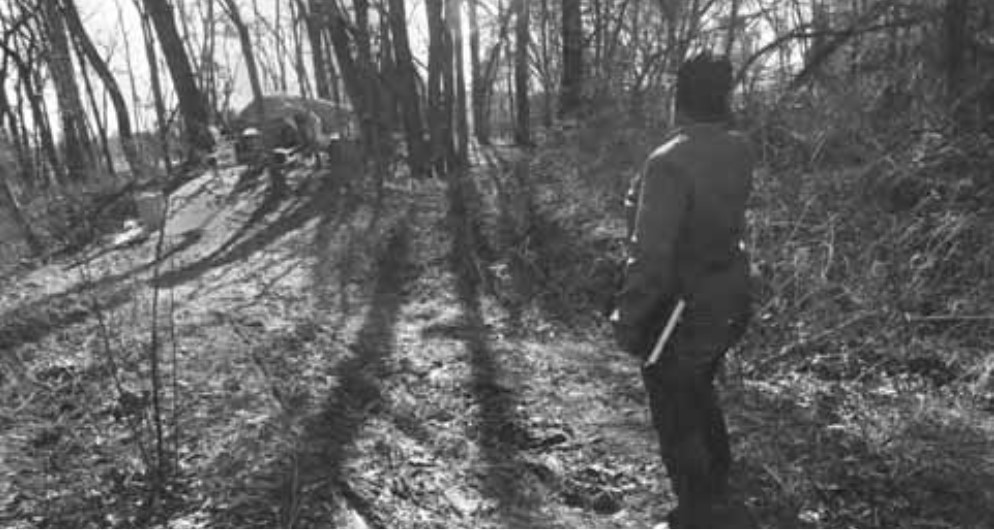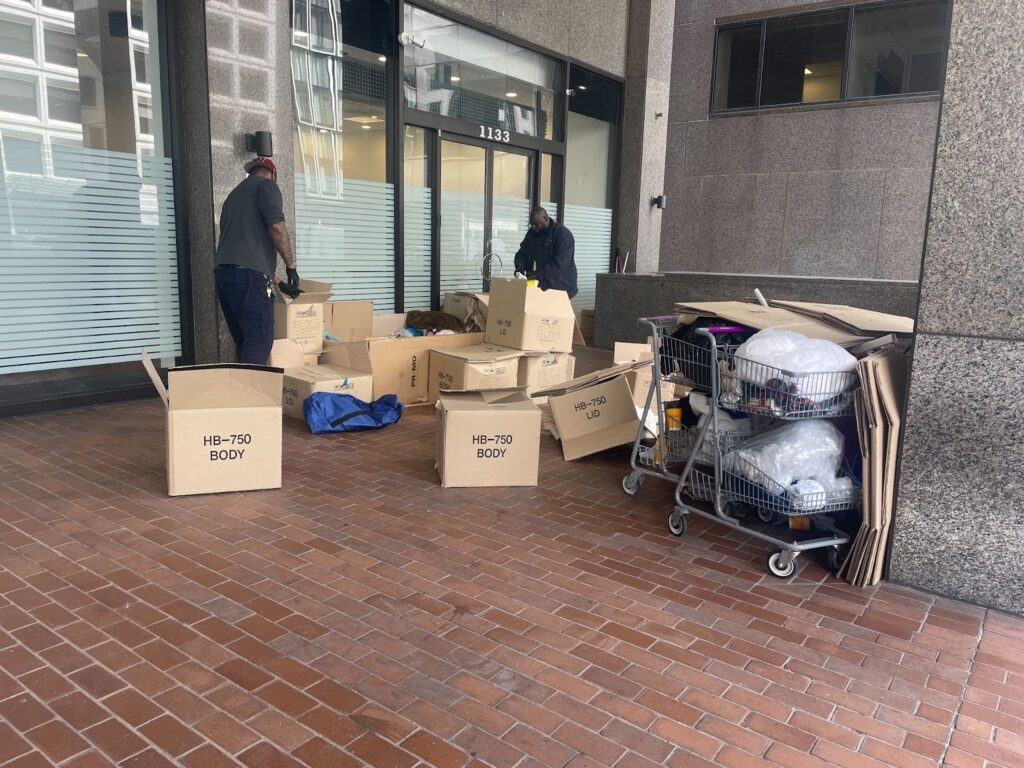The impact of President Obama’s Homelessness Prevention and Rapid Rehousing Program (HPRP) is about to be assessed against the raw statistics.
President Obama created HPRP, aimed at preventing and ending homelessness, as part of the American Recovery and Reinvestment Act (ARRA). The program directs $1.5 billion towards housing aid, case management and other services to help the financially unstable become self-reliant. Last week, elected officials, service providers and volunteers teamed together to count the number of people experiencing homelessness. This year’s count will be critical to determining the success or failure of HPRP.
“Prior to the recession, we had turned the corner on homelessness, finally beginning to reduce the number,” said Nan Roman, President and CEO of the National Alliance to End Homelessness. “That has now changed.”
According to Roman, high unemployment and deepened poverty caused by the recession have increased homelessness in many places. Alliance projections demonstrate that, without federal intervention, 1.5 million more people would have experienced homelessness.
“These counts will help us understand the national picture, and what the impact of HPRP has been,” said Roman. “Certainly the counts are a reminder that this is a problem far from solved – and there has never been a more urgent time to address this great American tragedy. As all Americans struggle through this recession, we must not forget those most vulnerable to the instability of the economy.”
The Department of Housing and Urban Development (HUD) requires homeless counts every two years, though most communities perform counts annually. The 2009 counts will be evaluated by this summer, according to the Alliance. This evaluation may provide the first insight into the effects of the American recession on homelessness in our nation; however, counting the homeless always presents many challenges.
“There is no way you can count every single person who’s homeless,” said Michael Ferrell, chairman of the Homeless Services Committee of the Metropolitan Washington Council of Governments, which conducts the yearly tally. “We give our best representation of what the homeless population is in our area . . . from one year to another.”
The homeless counts include those in transitional housing and emergency shelters, on the streets, in parks and campsites, and formerly homeless people who receive assistance from case workers. The counts do not include those living out of friends’ homes, according to the Alliance. The Alliance has produced an interactive map displaying community counts that have been submitted to HUD. The map is available on the Alliance website.








